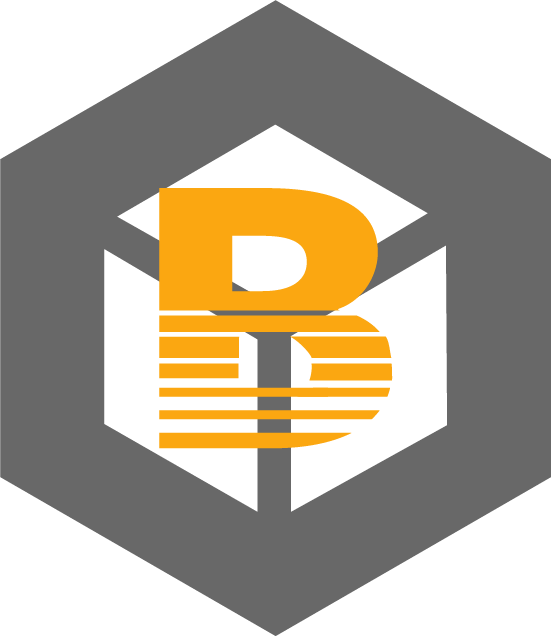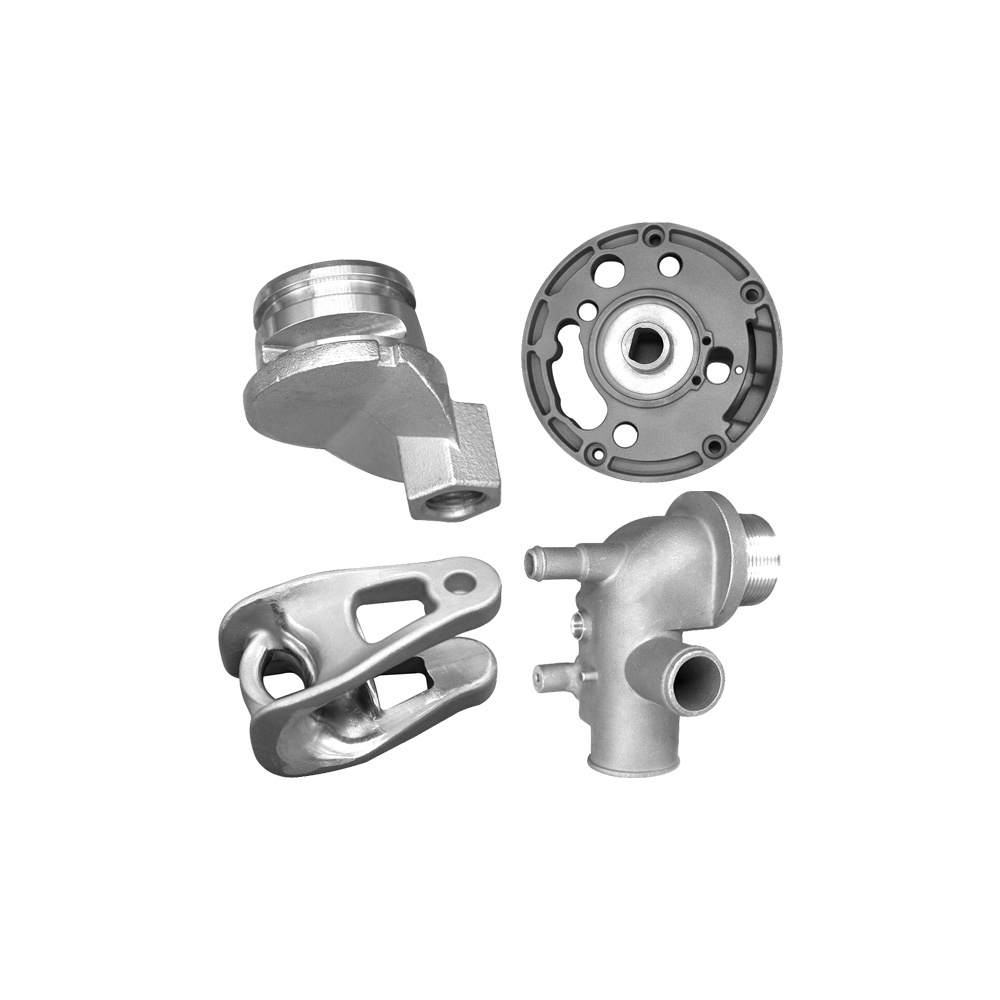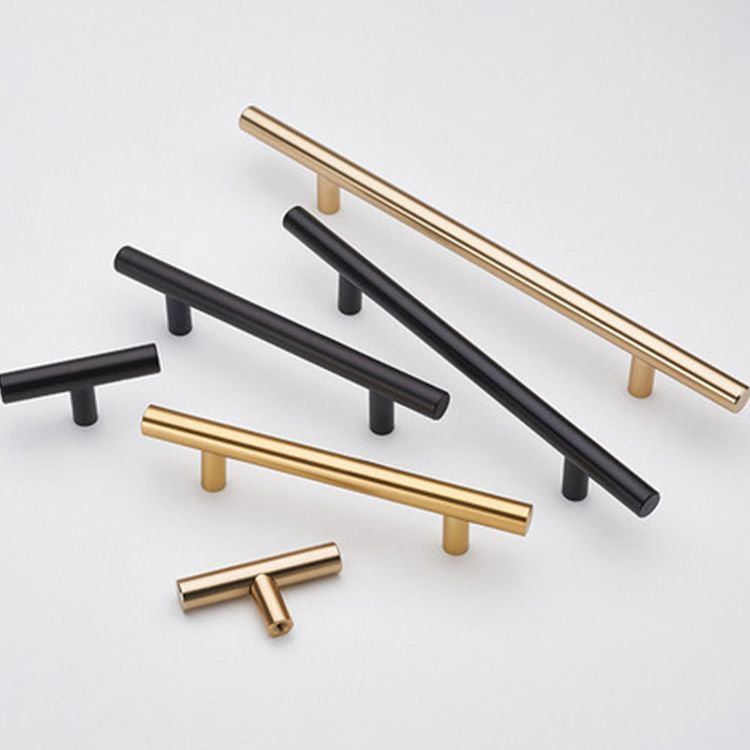 Esperanto
Esperanto
 Shqiptare
Shqiptare
 Euskara
Euskara
 Zulu
Zulu
 Latinus
Latinus
 Cymraeg
Cymraeg
 தமிழ்
தமிழ்
 Slovak
Slovak
 Slovak
Slovak
 Afrikaans
Afrikaans
Exploring the Benefits of CNC Machining for Custom Parts: A Comprehensive Guide
Release time:
2025-06-23
Source:
Exploring the Benefits of CNC Machining for Custom Parts
Table of Contents
- Introduction to CNC Machining
- What is CNC Machining?
- Advantages of CNC Machining for Custom Parts
- Precision and Accuracy
- Cost-Effectiveness
- Efficiency and Speed
- Material Flexibility
- Customization and Flexibility
- Applications of CNC Machining in Various Industries
- Choosing the Right CNC Machine for Your Needs
- CNC Machining Process Overview
- The Future of CNC Machining
- Conclusion
- FAQs
Introduction to CNC Machining
CNC (Computer Numerical Control) machining has revolutionized the manufacturing industry, particularly for custom parts production. This advanced technology facilitates the automated control of machining tools via a computer program, allowing for high levels of precision and efficiency. In this article, we will explore the numerous benefits of CNC machining, focusing on its impact on the production of custom parts.
What is CNC Machining?
CNC machining is a manufacturing process that employs computer software to control machine tools, including lathes, mills, routers, and grinders. The process begins with a 3D model created using CAD (Computer-Aided Design) software. This model is then translated into a CNC program, which directs the machine on how to cut, shape, and finish the material.
The principal advantage of CNC machining lies in its ability to manufacture complex geometries with exceptional accuracy. It is widely used across various industries, including aerospace, automotive, medical, and electronics, to produce high-quality components tailored to specific requirements.
Advantages of CNC Machining for Custom Parts
CNC machining offers several compelling advantages that make it the preferred choice for custom parts manufacturing. Below, we delve into some key benefits:
Precision and Accuracy
One of the most significant benefits of CNC machining is its unparalleled precision and accuracy. CNC machines can achieve tolerances as tight as ±0.001 inches (±0.025 mm), making them ideal for industries where exact specifications are crucial. This level of precision reduces the likelihood of errors, ensuring that each part meets the required standards and functions as intended.
Cost-Effectiveness
While the initial setup cost for CNC machining can be high, it often results in long-term savings. The automation of the machining process reduces labor costs and minimizes waste, as CNC machines can optimize the use of raw materials. Additionally, the increased production speed allows manufacturers to produce more parts in less time, further enhancing cost efficiency.
Efficiency and Speed
CNC machining significantly reduces lead times, enabling manufacturers to bring products to market faster. Once a CNC program is established, the machines can operate continuously, producing parts with minimal downtime. This efficiency allows businesses to respond quickly to customer demands and market changes.
Material Flexibility
CNC machining is compatible with a wide variety of materials, including metals, plastics, wood, and composites. This flexibility allows manufacturers to choose the best material for their specific application, balancing factors such as strength, weight, and cost. Whether producing intricate metal components or lightweight plastic parts, CNC machining can adapt to various material requirements.
Customization and Flexibility
Every project has its unique requirements, and CNC machining excels in customization. The technology enables manufacturers to produce bespoke parts tailored to specific needs, whether designing a single prototype or scaling up for mass production. This level of flexibility is invaluable for companies looking to differentiate themselves in a competitive market.
Applications of CNC Machining in Various Industries
CNC machining is utilized across numerous sectors to produce a vast array of components. Here are some notable applications:
Aerospace Industry
CNC machining plays a critical role in the aerospace industry, where components must meet strict safety and performance standards. Parts such as turbine blades, brackets, and housings are often produced using CNC machines due to their complex geometries and high tolerance requirements.
Automotive Industry
In the automotive sector, CNC machining is essential for manufacturing precision parts such as engine components, transmission cases, and custom fittings. The ability to produce lightweight yet durable parts is particularly beneficial in automotive engineering, where fuel efficiency and performance are paramount.
Medical Industry
The medical field relies heavily on CNC machining for the creation of surgical instruments, implants, and prosthetics. Given the critical nature of these components, precision and reliability are non-negotiable, which is why CNC machining is the preferred manufacturing method.
Electronics Industry
CNC machining is also extensively used in the electronics industry for producing housings, circuit boards, and other intricate components. The ability to work with various materials, such as aluminum and plastic, allows manufacturers to create custom solutions tailored to specific electronic devices.
Choosing the Right CNC Machine for Your Needs
Selecting the appropriate CNC machine for your manufacturing needs involves several considerations:
Evaluate Your Production Volume
Determine whether you need a machine for small-scale production, one-off prototypes, or mass production. Different CNC machines cater to different production volumes, and choosing the right one can greatly affect efficiency and cost-effectiveness.
Consider Material Compatibility
Identify the materials you will be working with. Some CNC machines are better suited for specific materials, so selecting a machine compatible with your preferred materials is essential.
Assess Precision Requirements
Consider the level of precision required for your parts. If high tolerance levels are essential, ensure that the machine you select can meet those specifications.
Budget and Cost Factors
Finally, factor in your budget. While investing in high-quality CNC machinery may seem daunting, it often pays off in the long run through enhanced efficiency and reduced production costs.
CNC Machining Process Overview
Understanding the CNC machining process can help you appreciate its benefits fully. The process typically involves several key steps:
1. Design and CAD Modeling
The first step in CNC machining is creating a detailed design using CAD software. This model serves as the foundation for the machining process.
2. CAM Programming
Once the CAD model is complete, it is converted into a CNC program using CAM (Computer-Aided Manufacturing) software. This program contains the instructions the CNC machine will follow.
3. Machine Setup
The CNC machine is set up with the appropriate tools and materials. The setup involves loading the raw material and ensuring the machine is calibrated correctly.
4. Machining Process
With everything set, the CNC machine begins the machining process, executing the programmed instructions to cut, shape, and finish the material according to the design specifications.
5. Quality Control
After machining, the finished parts undergo rigorous quality control checks to ensure they meet the required standards and tolerances.
The Future of CNC Machining
The future of CNC machining looks promising, with advancements in technology driving further improvements. Innovations such as artificial intelligence (AI) and machine learning are beginning to optimize CNC processes, enhancing efficiency and reducing errors. Additionally, as materials and technology evolve, CNC machining will continue to adapt, offering even greater customization and precision.
Conclusion
CNC machining stands out as a vital technology in the manufacturing industry, particularly for custom parts production. Its remarkable precision, cost-effectiveness, and adaptability make it an invaluable asset for businesses across various sectors. As we continue to embrace advancements in technology, CNC machining will play an even more critical role in shaping the future of manufacturing. By understanding the benefits and applications of CNC machining, companies can position themselves to thrive in a competitive landscape.
FAQs
1. What is the difference between CNC machining and traditional machining?
CNC machining is automated and controlled by computer programs, offering higher precision and efficiency compared to traditional machining, which relies on manual operation.
2. What materials can be used with CNC machining?
CNC machining can work with various materials, including metals (aluminum, steel, copper), plastics, composites, and wood.
3. How does CNC machining improve production efficiency?
CNC machining enhances efficiency by automating processes, reducing lead times, and minimizing material waste, allowing for faster production rates.
4. Is CNC machining suitable for small production runs?
Yes, CNC machining is suitable for small production runs, making it ideal for prototyping and custom parts manufacturing.
5. What industries benefit the most from CNC machining?
Industries such as aerospace, automotive, medical, and electronics greatly benefit from CNC machining due to its precision and ability to produce complex parts.
CNC Turning & Milling Part
Related News
2025-12-14 12:00
Understanding CNC Turning and Milling Parts: A Comprehensive Guide for Precision Manufacturing
CNC (Computer Numerical Control) turning and milling are essential processes in the realm of precision manufacturing. These techniques are widely employed in the machining industry for producing intricate components that meet strict tolerances and specifications. Understanding the fundamentals of CNC turning and milling parts can enhance your knowledge of how these processes contribute to quality
2025-12-09 12:10
A Comprehensive Guide to Household Appliances Maintenance: Keep Your Home Running Smoothly
A Comprehensive Guide to Household Appliances Maintenance Household appliances are the backbone of modern living, providing convenience and efficiency in our daily routines. However, just like any other mechanical devices, they require regular maintenance to function optimally. In this guide, we will explore various household appliances, their maintenance needs, and practical tips to extend their
Let’s Talk
We can help you figure out your needs.




